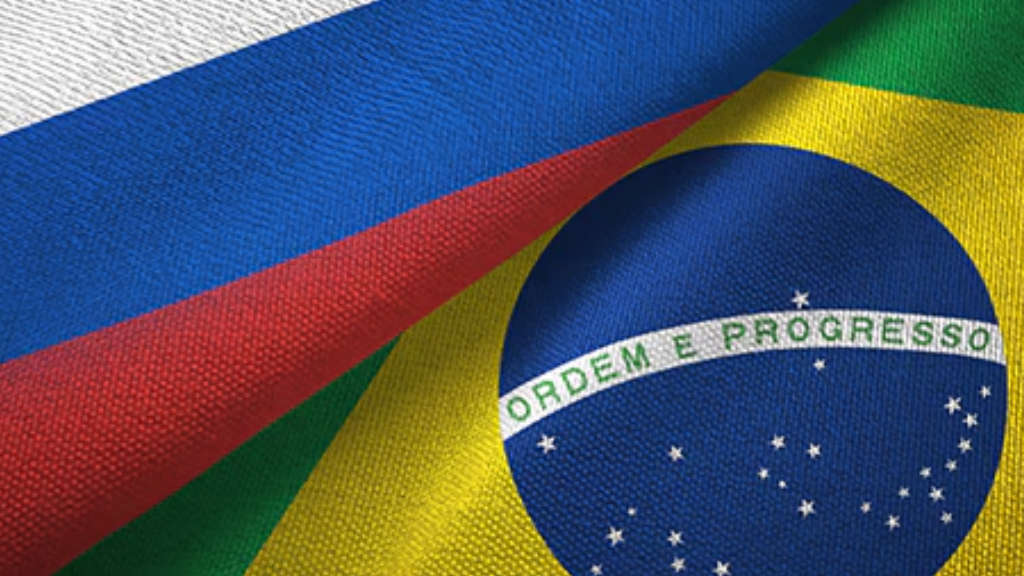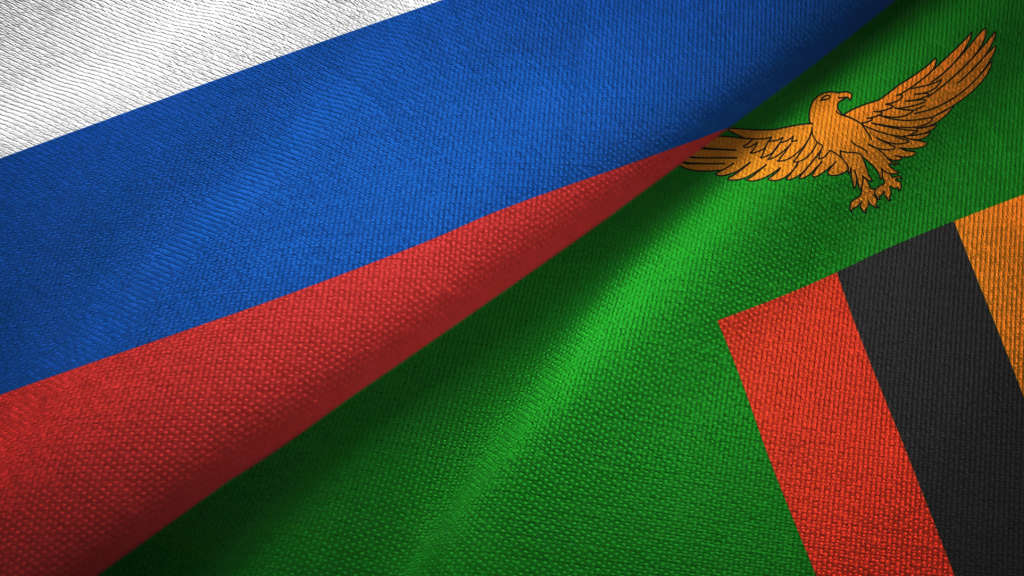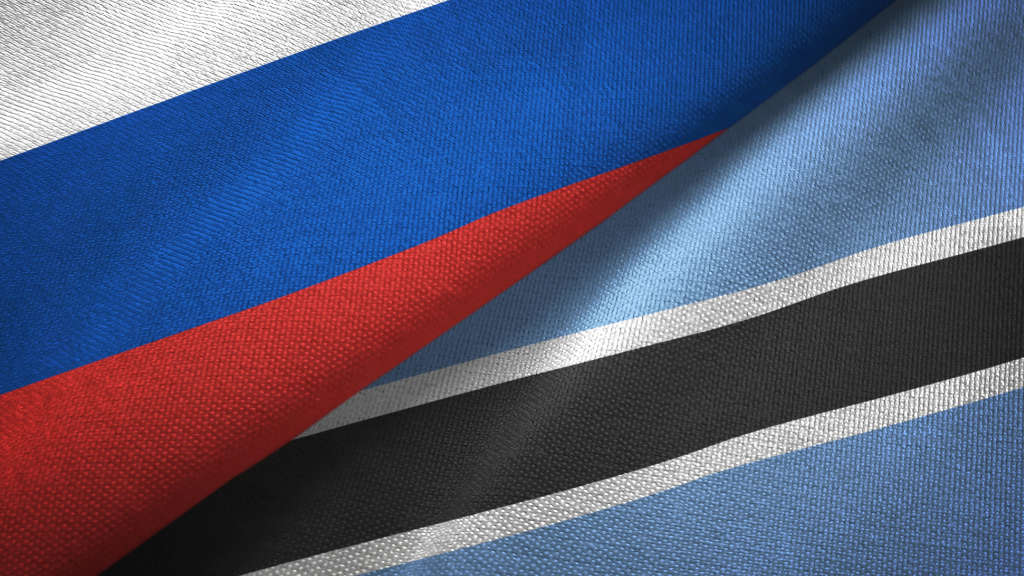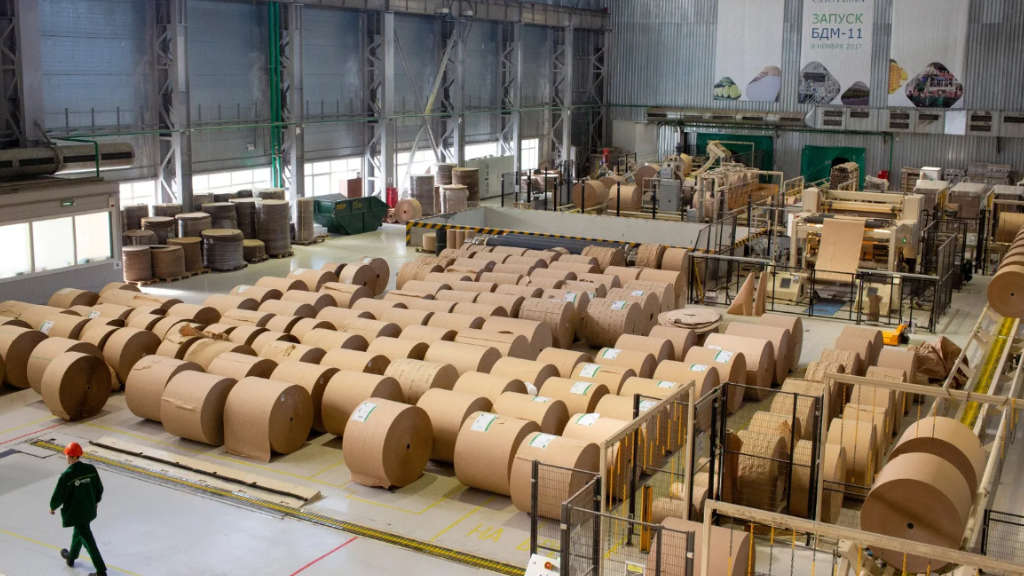The Russian Foreign Minister, Sergey Lavrov, has met with Mauro Vieira, the Foreign Minister of Brazil, on the sidelines of the 80th Session of the UN General Assembly in New York.
They addressed the current issues pertaining to the deepening of the Russian-Brazilian strategic partnership, alongside the implementation of a schedule for bilateral contacts at various levels.
As concerns the international agenda, the ministers explored avenues for fostering their cooperation within multilateral platforms, notably within the UN and BRICS—where Brazil holds the chairmanship this year—as well as in the G20.
During the meeting, a schedule of political consultations between the Ministry of Foreign Affairs of the Russian Federation and the Ministry of Foreign Affairs of the Federative Republic of Brazil for 2026–2029 was signed.
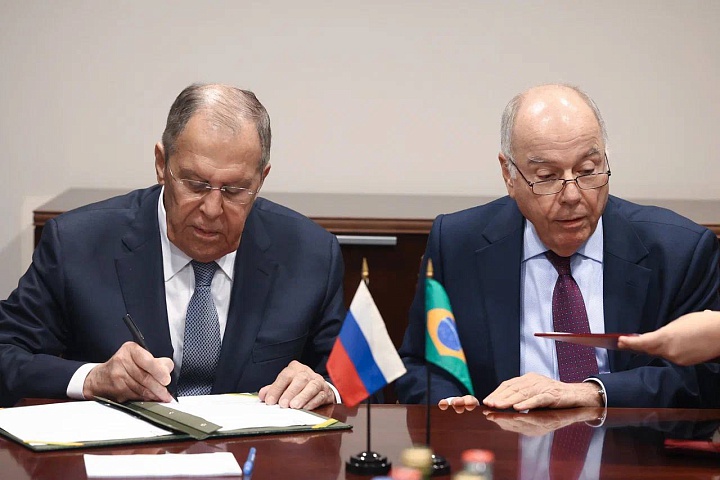
Brazil is the largest country and economy in South America and is a key player in the global economy and a regional leader in trade and investment. It is a founding member of the BRICS bloc and currently holds the 2025 BRICS Presidency.
Agriculture and agribusiness are crucial in Brazil’s economy, making Brazil a leading global exporter of soybeans, coffee, sugarcane, and beef. In 2023, the agribusiness sector grew by 15.1%, compensating for a decline in manufacturing output. The mining sector is equally vital, with Brazil being one of the largest producers of iron ore, copper, gold, and other minerals.
The energy sector is powered by abundant resources, including oil, natural gas, and renewable energy, with hydroelectricity and ethanol being central to its energy matrix. The Itaipu Dam, one of the largest hydroelectric plants globally, highlights Brazil’s renewable energy dominance. Manufacturing also plays a significant role, encompassing industries like textiles, food processing, and cement production. Investments in transport infrastructure have fueled growth in the construction industry. The automotive industry remains pivotal, with vehicle production having increased by 7.9% in 2024. Additionally, the technology and electronics sector is expanding, supported by advancements in aeronautics, pharmaceuticals, and steel production.
As a founding member of the South American Common Market (MERCOSUR), Brazil participates in free trade with Argentina, Paraguay, and Uruguay, as well as with MERCOSUR associate members Bolivia, Chile, Colombia, Peru, and Ecuador. MERCOSUR acts as a free trade zone with elements of the customs union: a single external customs tariff on imports has been established, covering 85% of the commodity items of the customs nomenclature. In early December 2024, the European Union and the four founding countries of MERCOSUR announced the conclusion of a free trade agreement, which, once fully ratified, will create one of the largest free trade zones in the world. Besides MERCOSUR, Brazil has bilateral agreements with India, Israel, and Egypt and is an active member of the World Trade Organization (WTO) and the Latin American Integration Association (LAIA).
Regionally, Brazil has strengthened partnerships across South America, Africa, and the Middle East, particularly in agriculture and energy.
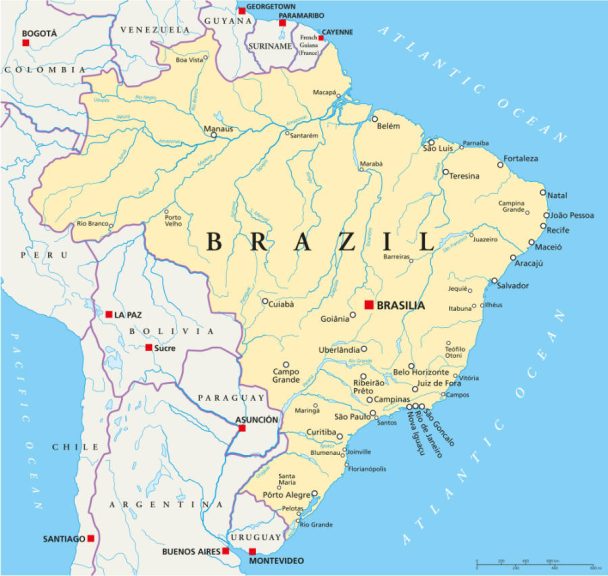
With a population of approximately 206 million, Brazil’s GDP (PPP) stands at US$4.9 trillion, with a GDP per capita (PPP) of US$23,000. The economy is projected to grow by 3% in 2025.
Brazil and Russia have a rapidly growing trade relationship, with Russia also investing heavily in significant industrial sectors such as nuclear energy and uranium processing. Russian energy, agriculture, and fertilizer exports have also boomed in recent years. New Brazilian consumer products are also finding their way into Russian supermarkets, including coffee, sugar, fruits, and some dairy products, along with wines and spirits.
The BRICS Heads of State summit that took place in Rio de Janeiro earlier in the year resulted in some typically negative reactions from the United States and Europe, with President Trump issuing 50% tariffs against Brazilian exports to the US for ‘promoting BRICS trade over the United States.’ The result has been outrage amongst ordinary Brazilians at perceived US ‘bullying.’ The Brazilian President Lula da Silva condemned the tariffs and stated that Brazil would not compromise. As a result, Brazilian coffee producers, for example, had their planned investments into Russia and China markets accelerated and sold most of their outstanding crops to BRICS markets instead. The price of coffee in the United States, meanwhile, has doubled.
Brazil has also been taking additional steps to decrease its exposure to US trade. With the European Union taking steps to decrease its imports of Russian oil, the US stepped in to fill the supply gap but did so partially by reducing its exports to Brazil. That resulted in Brasilia buying diesel oil from Russia – a new policy that has also resulted in increased Russian oil supplies.
In other energy sectors, bilateral cooperation has also been growing. Rosatom won a contract to process Brazilian raw uranium earlier this year, and has also tendered for the construction of a variety of NPP, including floating plants, in Brazil.
In 2024, Brazil and Russia saw a significant 20% year-on-year increase in bilateral trade, reaching a record US$13 billion. With increasing Russian investment in key sectors, in addition to the expansion of shipping routes to Brazil, bilateral trade can be expected to remain a high-growth sector. This is illustrated by an increasing divergency in trade and investment. As examples, Russia is exporting gluten to Brazil, has won the rights to export fish to Brazil, and are investing in the local software sector. Bilateral trade growth remains positive.
Related Reading


